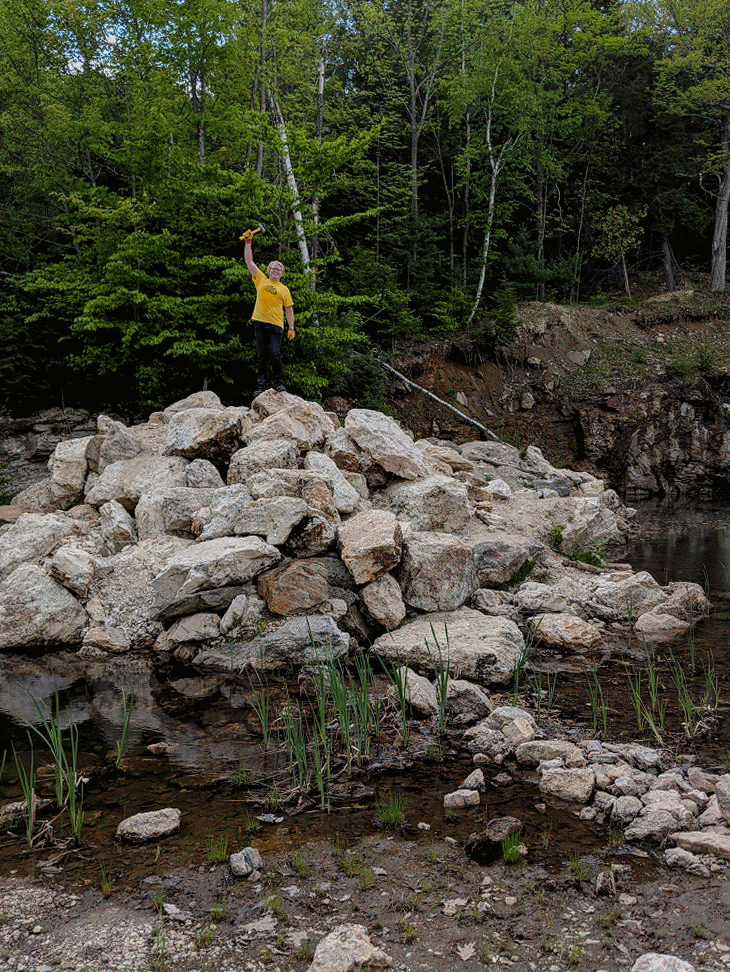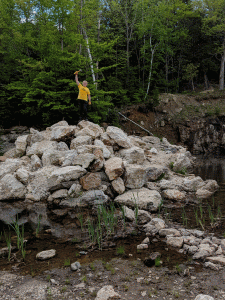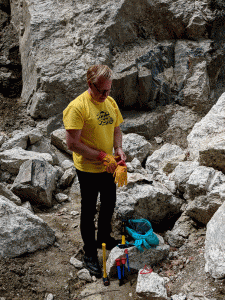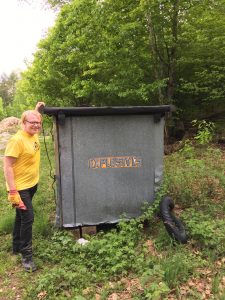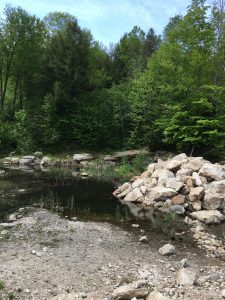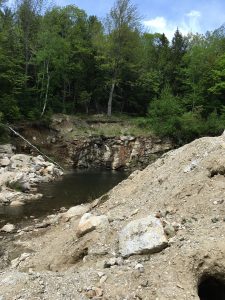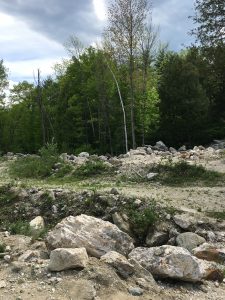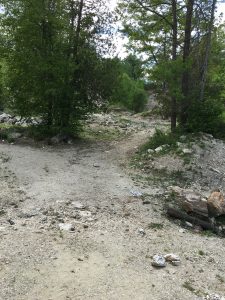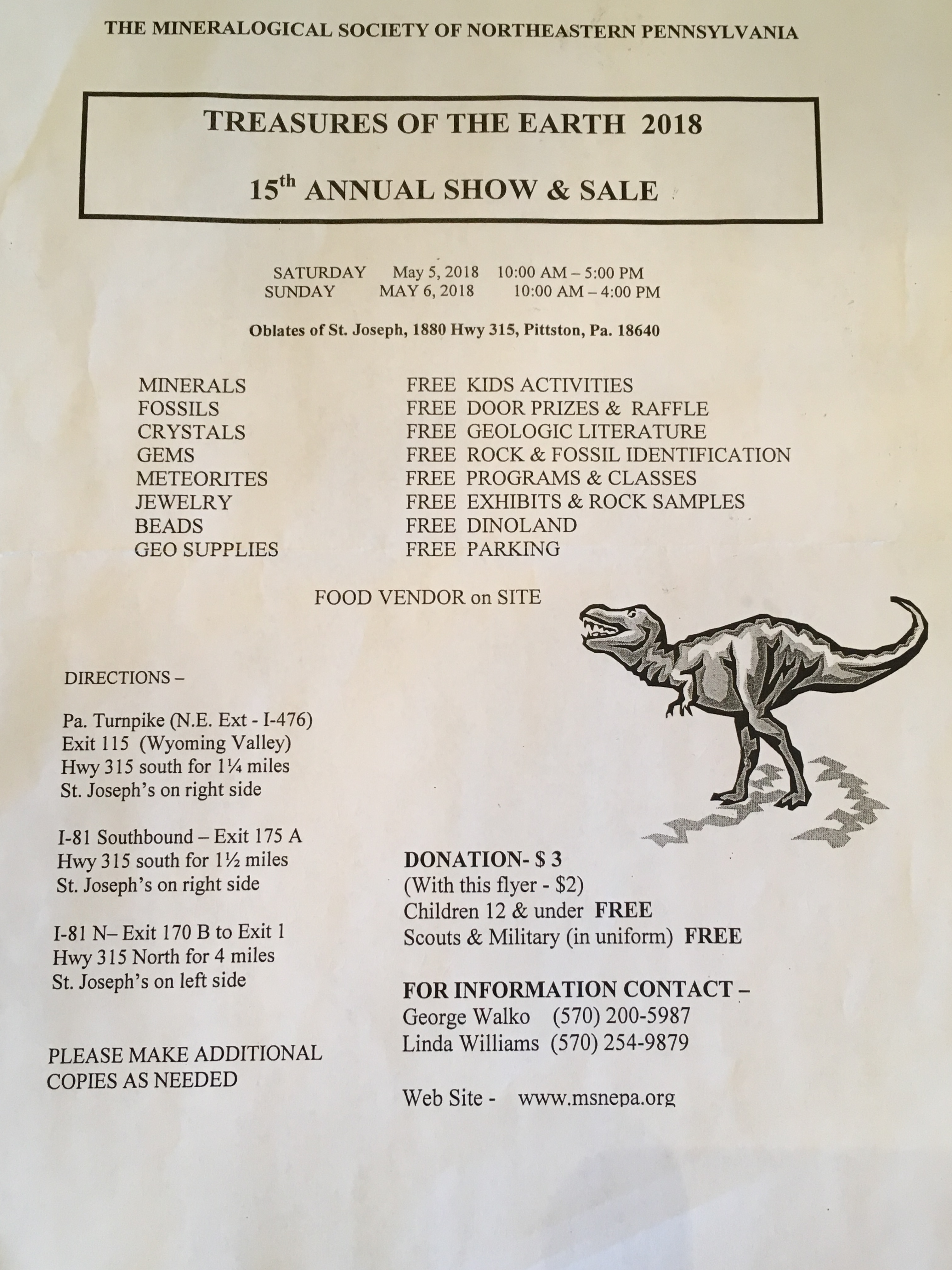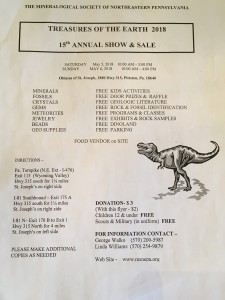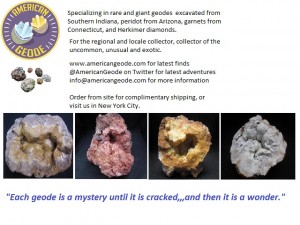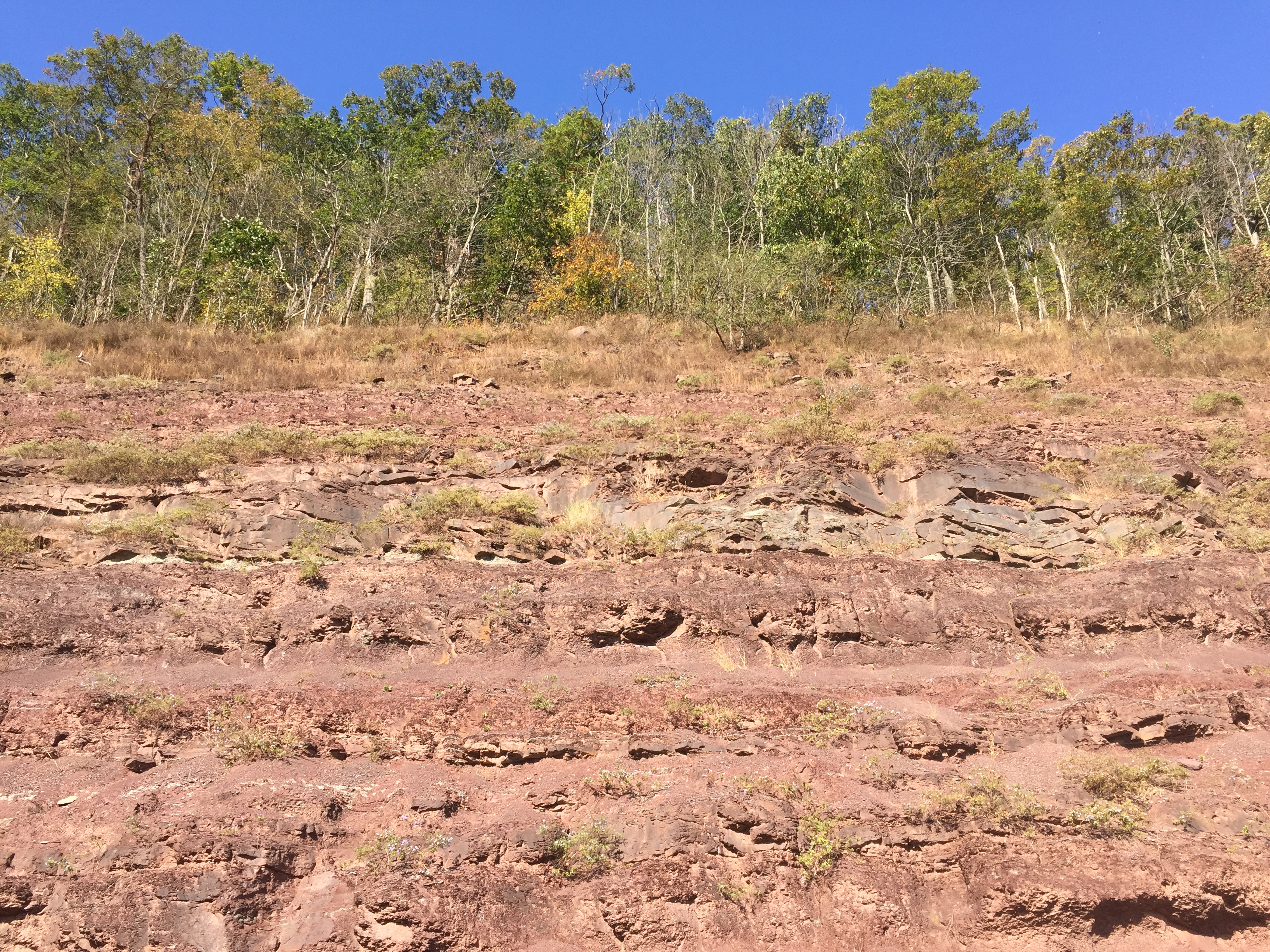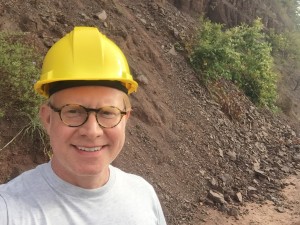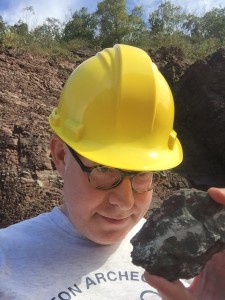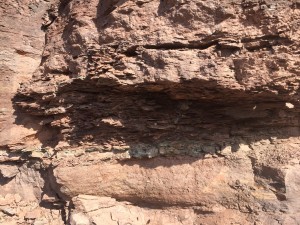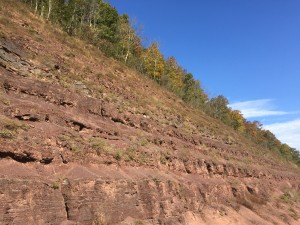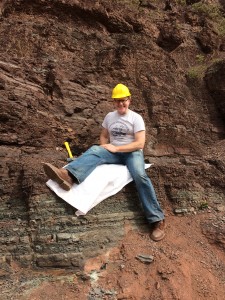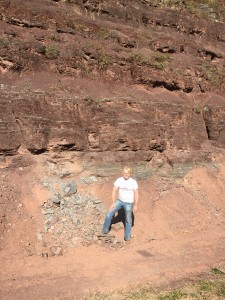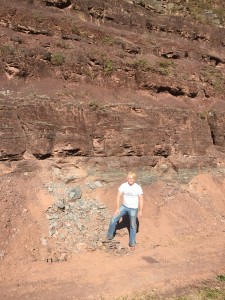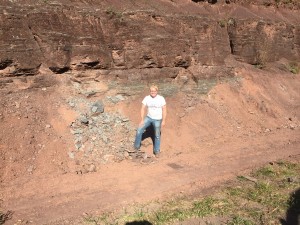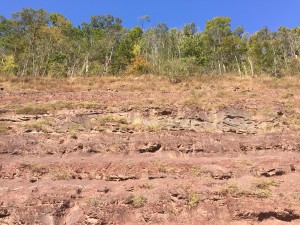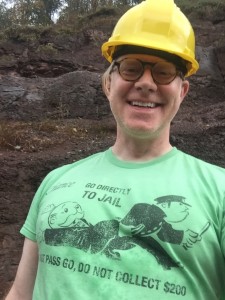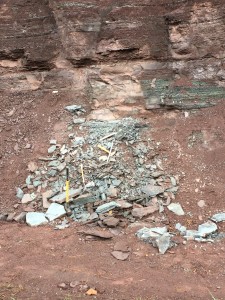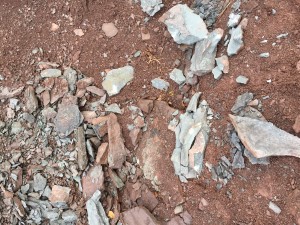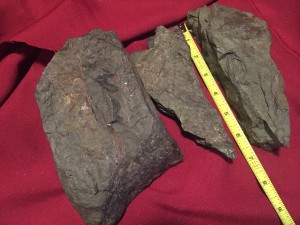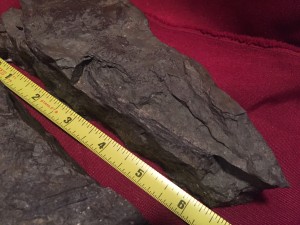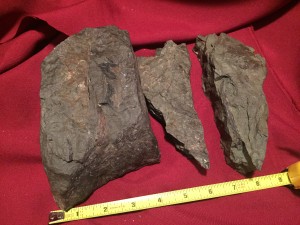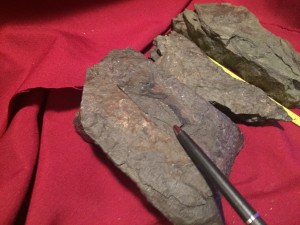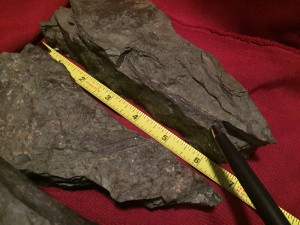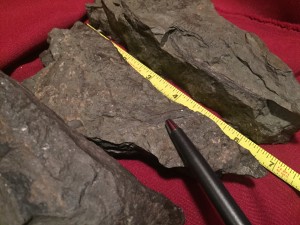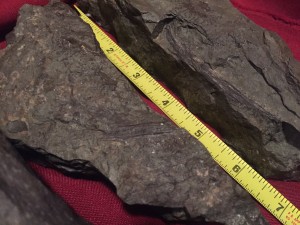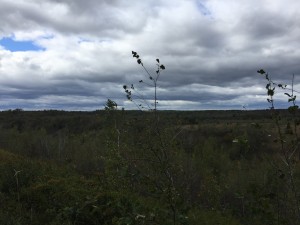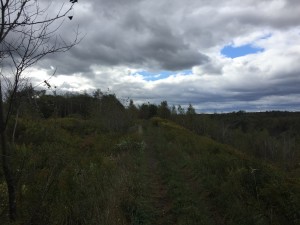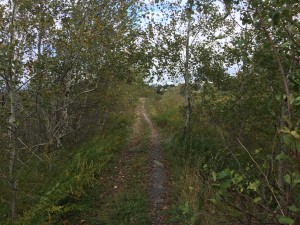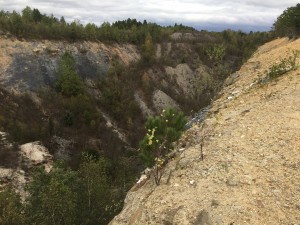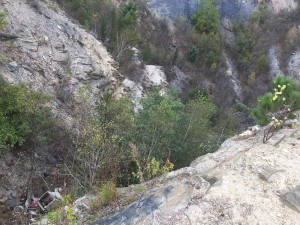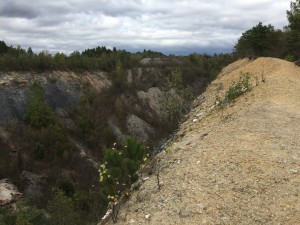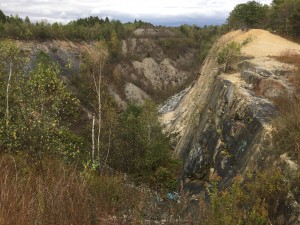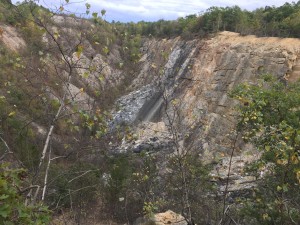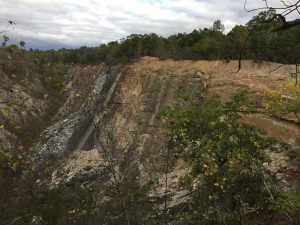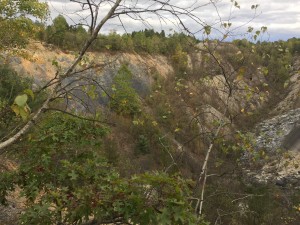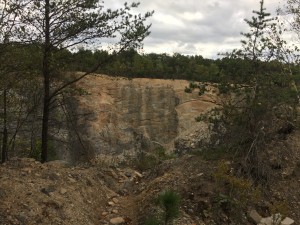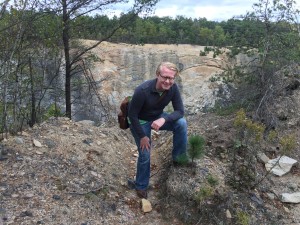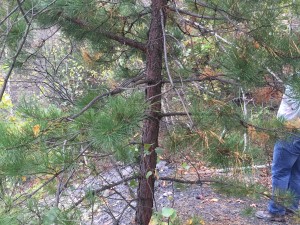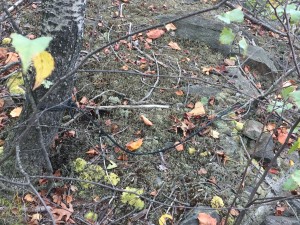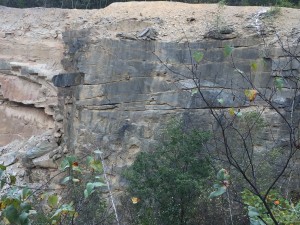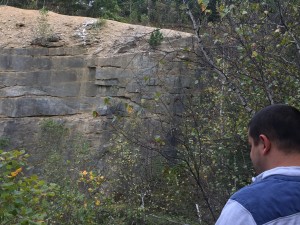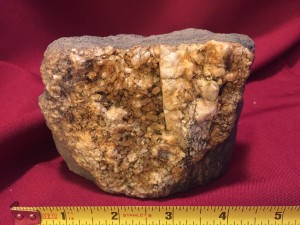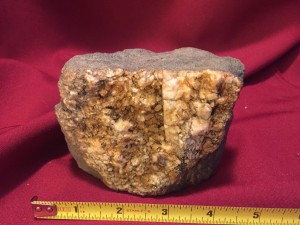Rockhounding in Maine, is some great rockhounding, in fact some of the best rockhounding the American Geode team has ever experienced because of the ease and accessibility of the Maine mines! American Geode went on a rockhounding (and foodie) tour of Maine in May 2018, and found the quarries very accessible, easy to find, and full of mica.
American Geode followed the attached map, and found access to two of the mines, the ones off of Richardson Hollow Road, the Waisanen and Tamminen Quarrie
Driving: From jct. of Rtes. 117 and 118 in Norway, go west on Rte. 118 for 0.95 mile.
Turn right onto Greenwood Road and drive north west 5.30 miles.
Turn right onto Richardson Hollow Road and continue 0.40 mile to parking area on the right. Waisanan Quarry and Tamminen Quarry are .1 miles further down the road.
The American Geode found plenty of fine mica, and had a great time, and the reason we did not find other minerals as that we simply ran out of time. We suggest setting aside the day for rockhounding and exploring the area.
It’s hot in Maine in May, and there are a lot of bugs, so do take precautions, take plenty of water, and follow these rules:
A cheap dop-kit or toiletry kit is a great idea. Why? Because often times they are waterproof, and have zippers. You can wash them off too. Places like Target, Marshall’s, K-Mart, or Sears will carry inexpensive options.
Mosquito coils and matches are necessary, and we suggest having a minimum of 7 with you at all times. The bugs can be fierce no matter where you are. Mosquito coils last for hours and will burn away into ash.
Sunscreen is essential even in the outdoors. Bring the SPF Protection most suitable to how fair or how dark you are.
Rockhounding can get very dirty, so bring Wet-naps as they are very handy to clean off your hands quickly. They come in small travel packs. For some rockhounds they are too astringent to apply to one’s face, but personally I find it very refreshing. If you wear glasses these are very good for keeping your lenses clean, too.
Energy bars, candy bars, bananas, oranges, apples, and nuts are great for keeping up your energy and last the entire day. The wrappers are minimal waste to carry back, and the nut-shells, orange peels, and apple cores can be disposed of by Mother Nature.
Small notepad and pen or pencil for keeping notes. Date, time, location, and details of your gemstone finds quickly fade the mind due to excitement. This information is essential for gemstone and mineral finds, since provenance is paramount to us and to our clients, and should be for you as well.
Cell-phone or mobile device charger – while you are driving to the locale, or the night before, making sure your devices are fully charged. You should place a call to family and loved ones before heading out and if you are running late. It is highly advised to put these items in protective zip lock bags to PROTECT from dirt and mud. Additionally, filming your finds can be a great way to record you adventure.
Please contact American Geode directly with any questions; pictures and videos are below, as well as a map for you to download. #GetoutandRockhound
More information and reference about rockhounding sites in Maine:
Rockhound Sites in Maine

